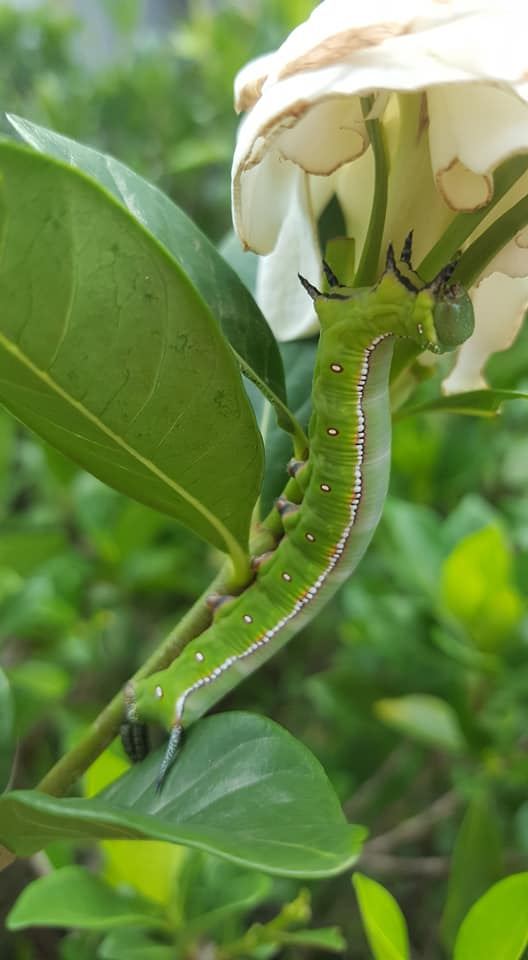#1601-1605
#1601 - Poecilopachys australasia - Two-spined Spider

Spotted by Simon Egan, but he didn’t say where. It’s native to the east coast, and since the 1970s it’s widely spread in New Zealand.
This orbweaving spider builds a small orb web every night, but spends most of the day hiding under leaves, quite frequently on citrus trees. The white spots on the back are actually tall thick spikes, and make the female easy to identify. The males are much small, bear no resemblance to their mates, and were originally described as a different species. Eggsacs are papery and spindle-shaped.
#1602 - Cephonodes kingii - Gardenia Bee Hawk Moth



One of the most frequent species I’m asked to ID on Amateur Entomology Australia, after mole crickets, antlion adults, and Endoxyla sp. Cossid Moths. Given that the moth is actually quite rare, that’s a little surprising, but it IS a spectacular moth, and at least once this century it went through a local population explosion around Sydney.
This one was photographed by Sheena Shephard in Gloucester, NSW, and she was rightly very pleased to see it grow from caterpillar to adult. This species feeds on Gardenias, including Australia’s native species, but is also found on Wild Lemon ( Canthium oleifolium ), Australian Native Myrtle ( Canthium attenuatum ), and other Canthiums, and Butterfly Bush ( Pavetta australiensis ). If the caterpillars are too crowded, they may eat each other. If threatened, the caterpillars arch back and regurgitate a green fluid.
The caterpillars pupate under the the ground if it is soft enough, or among leaf litter if not.
Bee Hawk Moths emerge from their pupa with dull green scales on the wings, but these soon fall off, leaving most of the wing transparent.
#1603 - Harmonia testudinaria - Tortoiseshell Ladybird

Photo by Jen Brown in South West Rocks, NSW.
Reasonably common along the east coast, but more so further north, and also found in New Guinea and Indonesia. Most individuals have thicker net-like markings, but it’s just as well this one was found here in Australia - as you move up into Asia there’s 6-7 genera and many species that look very similar.
#1604 - Amenia imperialis - Snail-parasite Blowfly


Spotted by John Prats in Royal National Park (the second national park in the world, actually, on the south side of Botany Bay, Sydney).
A very pretty fly with pretty nasty habits. They lay their larvae on land snails, to the severe detriment of the mollusc. There are ten described species in Australia, but this one is limited to the Eastern states.
#1605 - Elatichrosis sp. - Lycid-mimic Click Beetle


Spotted by Henry Stoetzel, in the Atherton Tablelands, a region of tropical rainforest, wetlands and savannah in northern Queensland, near Cairns. I don’t have any information on diet, but all Elatichrosis are found in Australia.